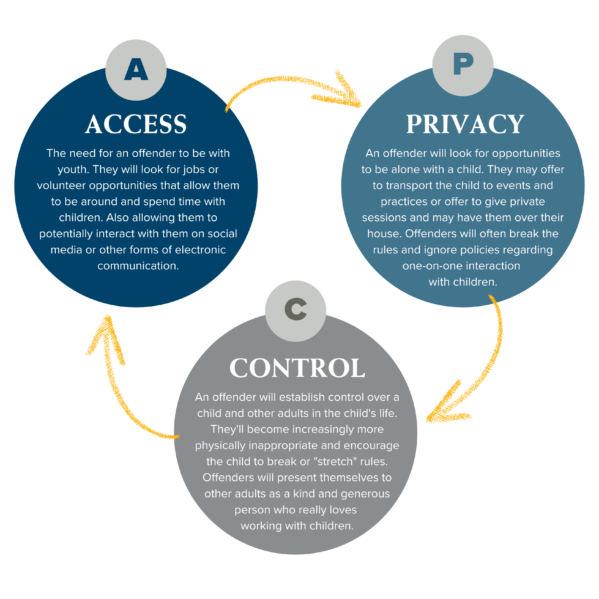Blog
Back-to-School and Back-to-Safe Boundaries with Students: A Crucial Focus for the Upcoming School Year
As we approach another school year, the challenge of maintaining safe school environments is more pressing than ever. Educators, as the frontline of student interaction, play a pivotal role. Schools are grappling with the question: How can educators build healthy and supportive connections with students while maintaining appropriate boundaries?
Students are facing more challenges than ever; they may be balancing complicated home lives, schoolwork and activities, mental health issues, and, of course, being bombarded with information and interactions via social media. Many students spend most of their waking hours at school between school days and extracurricular activities. Faculty and staff, in their role as mentors and supporters, are in a position to influence healthy youth development significantly. However, this level of proximity also means a heightened responsibility to maintain safe and healthy boundaries.
Three elements make it possible for abuse to happen:
- Access – simply having access to youth, particularly frequent access.
- Privacy—opportunities to spend time alone, such as in classrooms, cars, at home, or even through texts or private messaging.
- Control – positions of respect, authority, and power are inherent between adults in schools and students, and can influence students’ emotions and behavior.

One way to mitigate these risks is to identify healthy ways to connect and build rapport with students while staying within a bandwidth of acceptable behaviors. Consider the following best practices to help your educators and direct care staff maintain appropriate boundaries while still creating healthy connections with students:
- Always follow your school’s policies about what you can and cannot do with a youth in your care. These policies are designed to guide and protect you and the students, providing a reassuring framework for your interactions.
- Maintain strong personal boundaries. Treat students with respect but not as peers. Keep personal details of your life private.
- Engage in appropriate physical interactions – handshakes, side hugs, fist bumps, high fives.
- Engage in appropriate verbal interactions – praise, encouragement, and support; positive comments about actions, behaviors, and achievements rather than appearance.
- Meet in public—keep doors open or choose rooms with windows; stay in line of sight of others; and let someone else know you are meeting.
- Keep electronic communications open – communicate with groups or copy a parent or supervisor; discuss only program-related issues; keep communications within program hours.
- Encourage students to make friends and spend time with their peers.
- Help students identify other safe adults to broaden their circle of trusted adults and mentors so they don’t feel they only have one adult they can trust.
It can be easy to cross these lines with the best of intentions. A student may be going through a tough time at home and text you late at night to talk about it. They may need extra funds, so you ask them to babysit or walk your dog. Or they may need some help in class, so you offer to tutor them alone after school.
Taking these actions may seem harmless when you want to help. But remember that while you may have the best intentions, others may not! Environments that allow these boundary-crossing behaviors between students and well-intentioned adults create massive opportunities for those with bad intentions to operate in plain sight, creating potential for significant harm to students and school reputations. If a student crosses a boundary or asks you to, explain why you cannot do so to help them understand that it is not personal and that you are maintaining a boundary to help keep them safe and to recognize when others may try to cross boundaries with them.
The best way to support students is to set a positive example for them and their colleagues by maintaining appropriate behavior and boundaries.
“When students experience the adults in their lives as trustworthy, respectful, compassionate, and deeply interested in their wellbeing, they are better able to recognize harmful interactions or relationships and are more likely to seek out appropriate, rewarding relationships. If school is the context for the development of connection between adult and student, then communicating a keen interest in the other person is the catalyst. We encourage our teachers to get curious about the students…what moves them, what weighs on their hearts, what brings them joy. For example, in our student advisory program, we encourage faculty advisors to Know the Dog. If you know the student’s dog by name, if you ask how their dog is doing, if you smile when the student tells you a funny story about their dog, that is relationship building.”
– Matthew D’Urso, Dean of Guidance, Delbarton School (Praesidium Accredited)